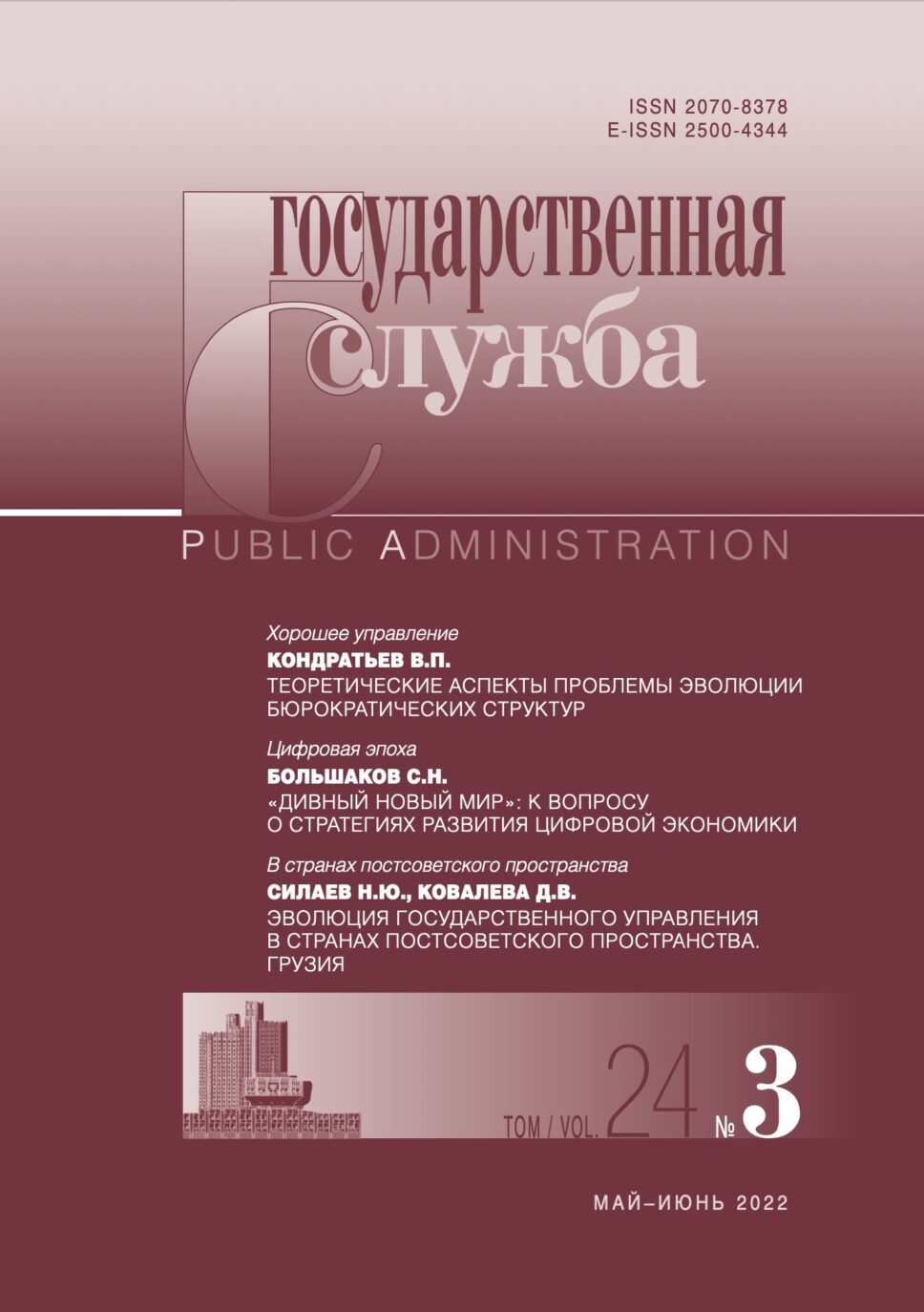Recommended link to article:
MADINA OKTAMOVNA TURAEVA а
а Institute of Economics of the Russian Academy of Sciences
DOI: 10.22394/2070-8378-2022-24-3-87-92
Abstract:
Limited natural resources, internal socio-economic and political crises, and the low level of infrastructure development, especially in the first years after gaining sovereignty, have affected the trade, transport, and logistics vulnerability of Central Asian countries. Trade between the People’s Republic of China and European countries became a determining factor in developing the region’s transport routes. More than 90 % of freight is delivered by sea, but the role of land routes has increased significantly since 2020. China faces the pressing issues of developing the economies of its western provinces, especially the Xinjiang Uygur Autonomous Region. The development of land routes coincides with the implementation of the strategic objectives for the Silk Road Economic Belt, as well as the interests of the countries whose territories these transport routes run through. The countries of the Central Asian region are striving to participate in transit and have been very active at interstate meetings, discussing cargo delivery options. This issue became especially relevant after the sharp decline in China’s use of transit through the territory of the Russian Federation. Of many proposed transport routes and corridors, the most promising are the Trans-Afghan Railway and the “Middle Corridor”. The successful construction of the transport and logistics will largely depend on developing relationships with Afghanistan’s political leadership and the PRC’s attention to infrastructure projects.
Keywords:
Central Asia, Russia, China, transport corridors, cargo transit, “Middle Corridor”, Trans-Afghan Railway
Received:
May 12, 2022
References:
Borisova E.A. Railways of Tajikistan, Kyrgyzstan and Uzbekistan. Railways of Asia: condition and prospects. Moscow: Institut vostokovedeniya RAN, 2018. P. 162–179. In Russian
Karpovich O. Central Asia: a difficult path of political development. Tsentralʹnaya Aziya i Kavkaz. 2021. No. 4. P. 43–52. In Russian
Laumulin M.T. Central Asia Literature Review: 2017–2021 KAZAKHSTAN-SPEKTR. 2021. No. 2. P. 110–120. In Russian Makarov I.A., Sokolova A.K. The Eurasian Economic Union and the Silk Road Economic Belt: opportunities for Russia. Vestnik mezhdunarodnykh organizatsiy: obrazovaniye, nauka, novaya ekonomika. 2016. No. 2. P. 40–57. In Russian
Nasirov A., Kadirov F. Developing transportation corridors in Central Asia and new regional initiatives in transportation and logistics. Transport shelkovogo puti. 2021. No. 1. P. 12–19. In Russian
Enhancing trade and transport connectivity and developing cargo transportation in Central Asia. Paris: OECD / International Transport Forum. 2019. In Russian
Pritchin S. Uzbek transit for Central Asia. Rossiya i musulʹmanskiy mir. 2017. No. 9. P. 31–40. In Russian
Vardomsky L.B. National interests and dynamics of the Eurasian integration process. Mir peremen. 2021. No. 2. P. 141–157. In Russian
Zoidov K.Kh., Medkov A.A. Current trends in the development of the transit economy in Central Asia. Problemy rynochnoy ekonomiki. 2019. No. 4. P. 77–96. In Russian
Статьи в режиме Open Access публикуются в соответствии с лицензией Creative Commons Attribution 4.0 International (CC BY).

